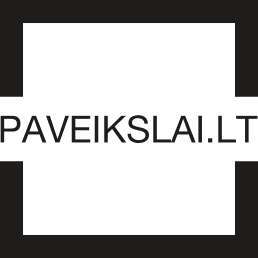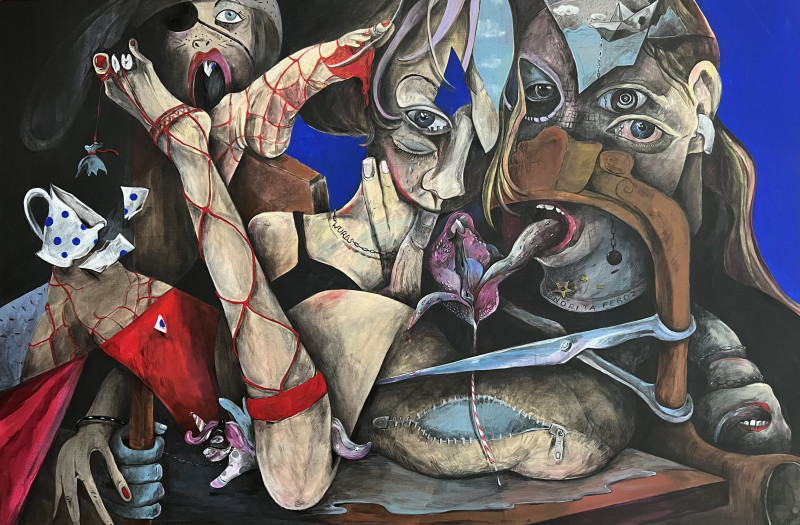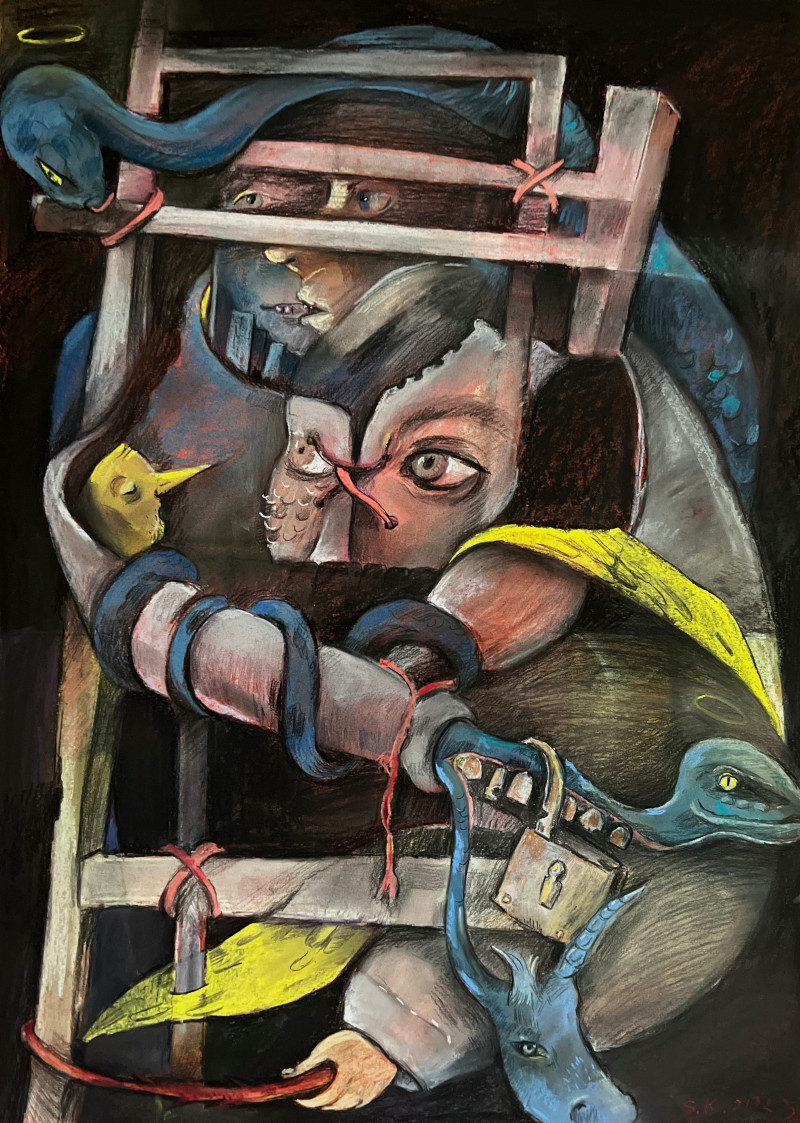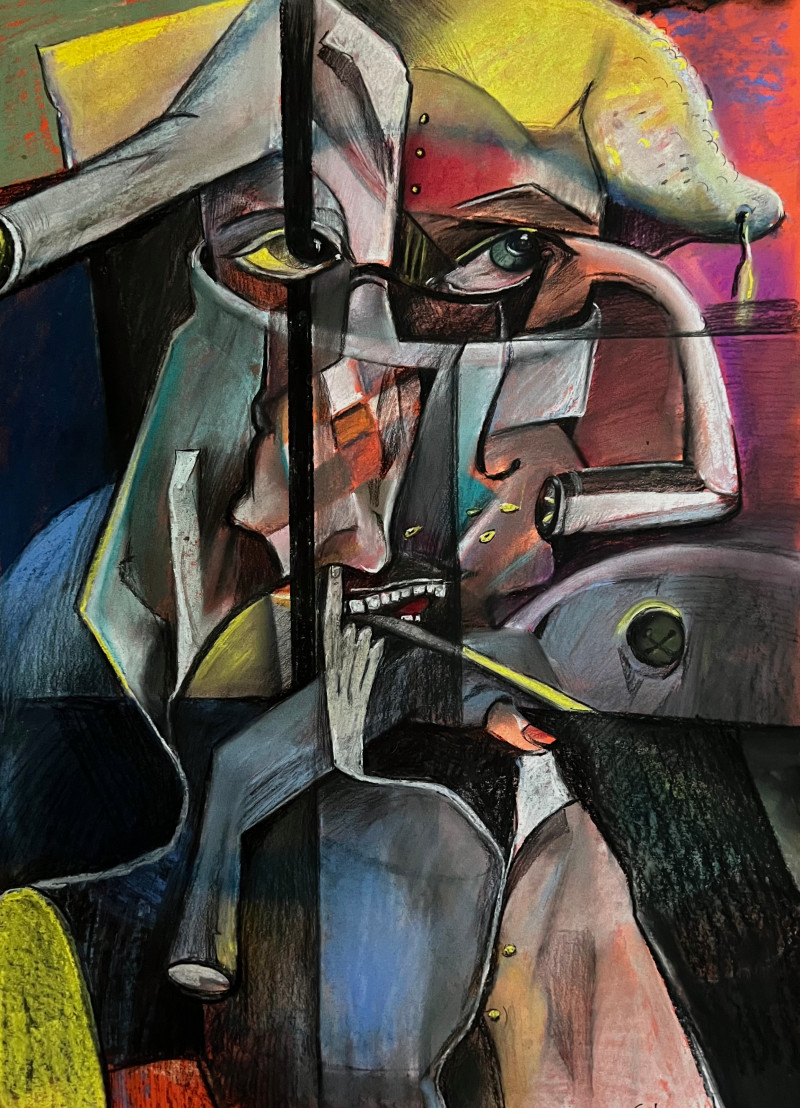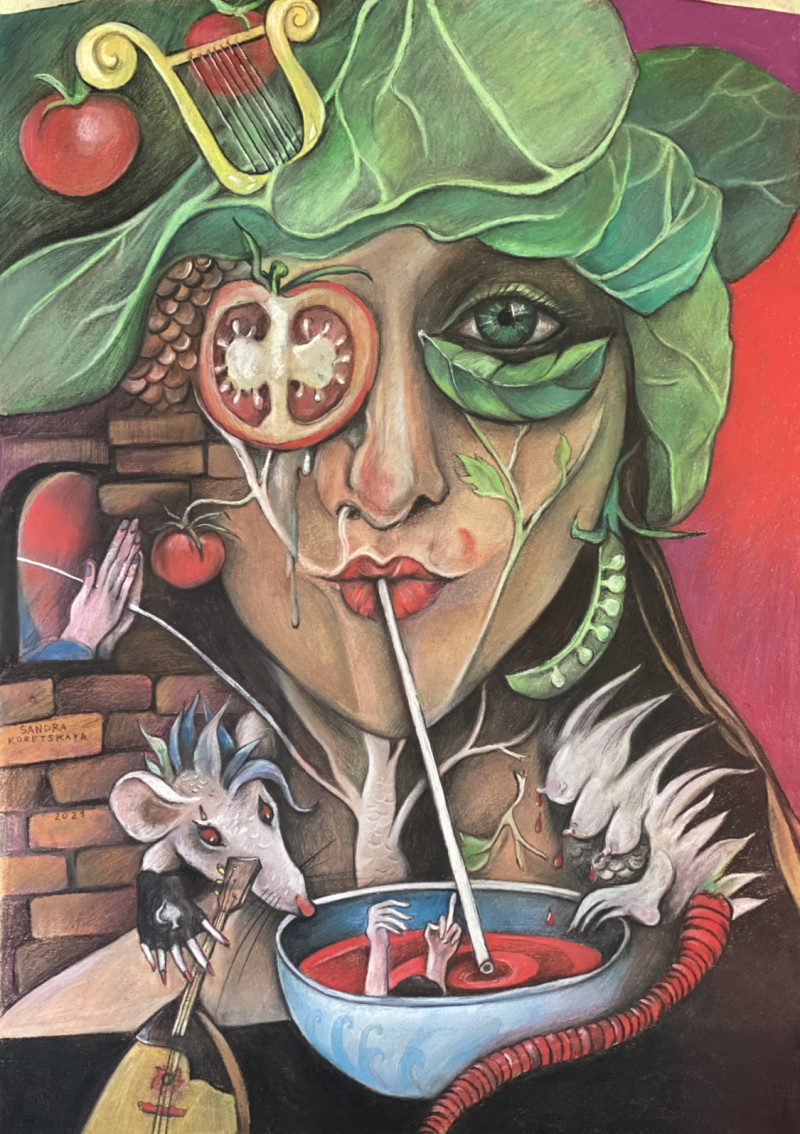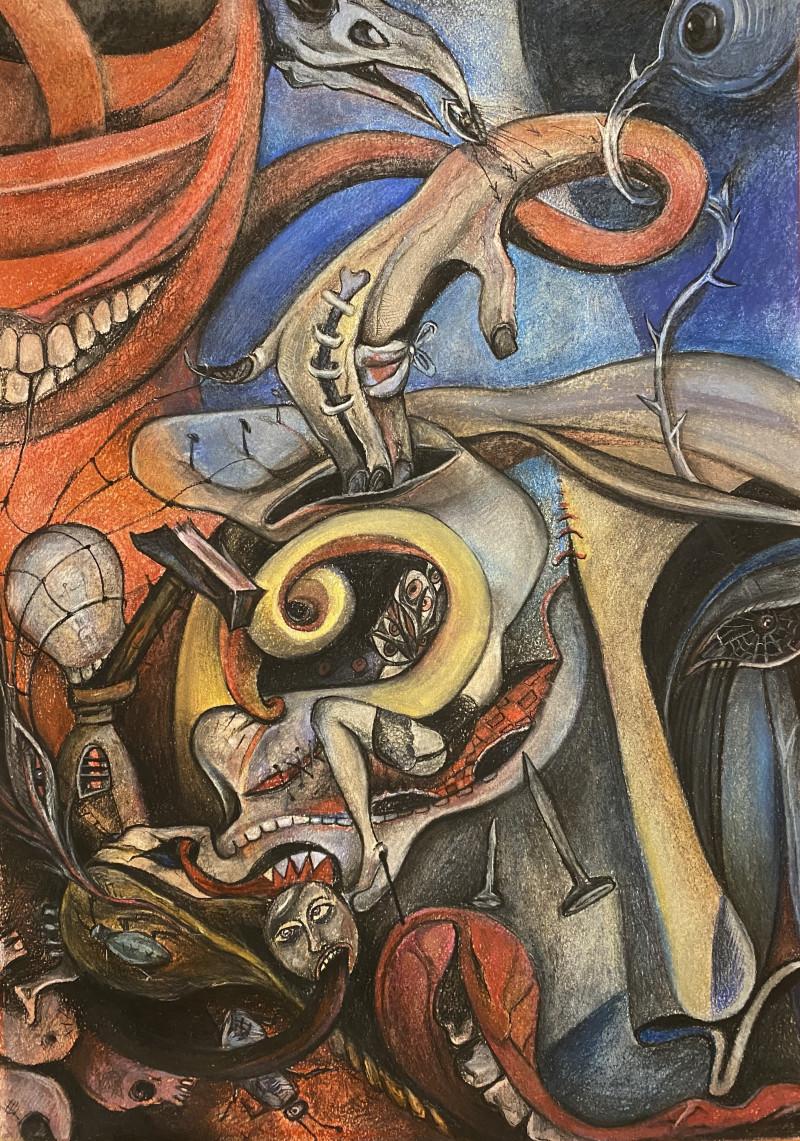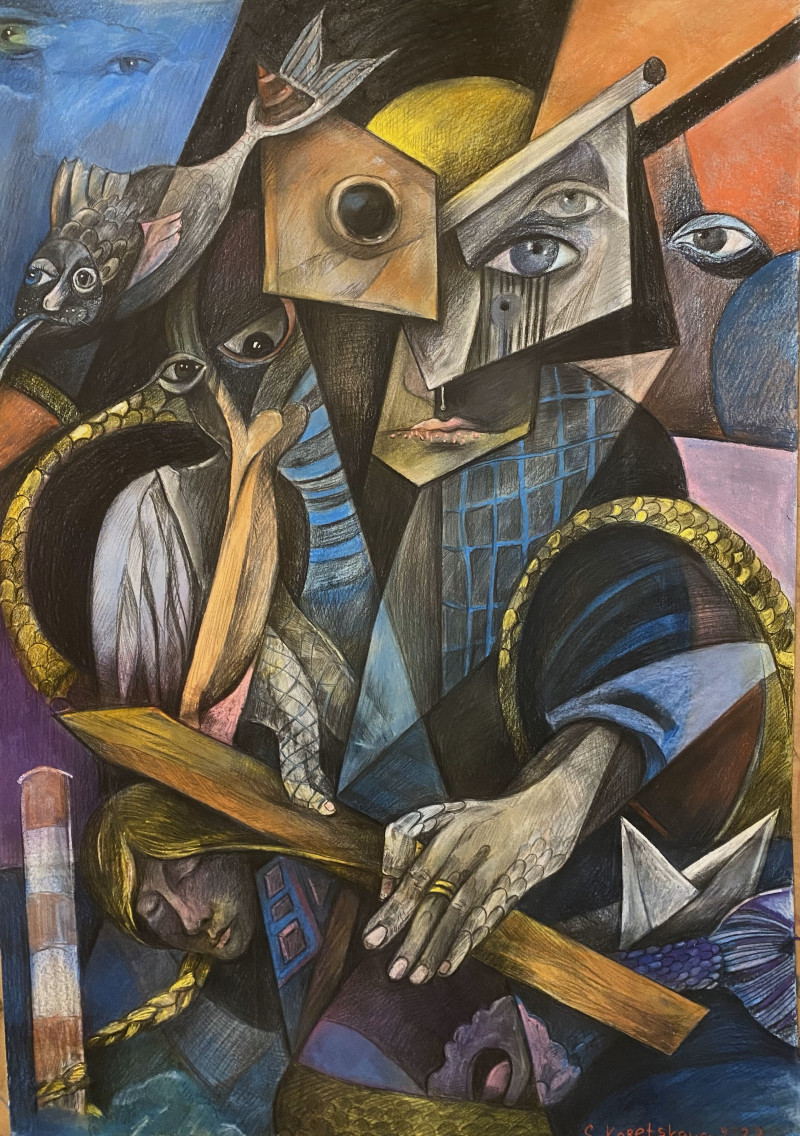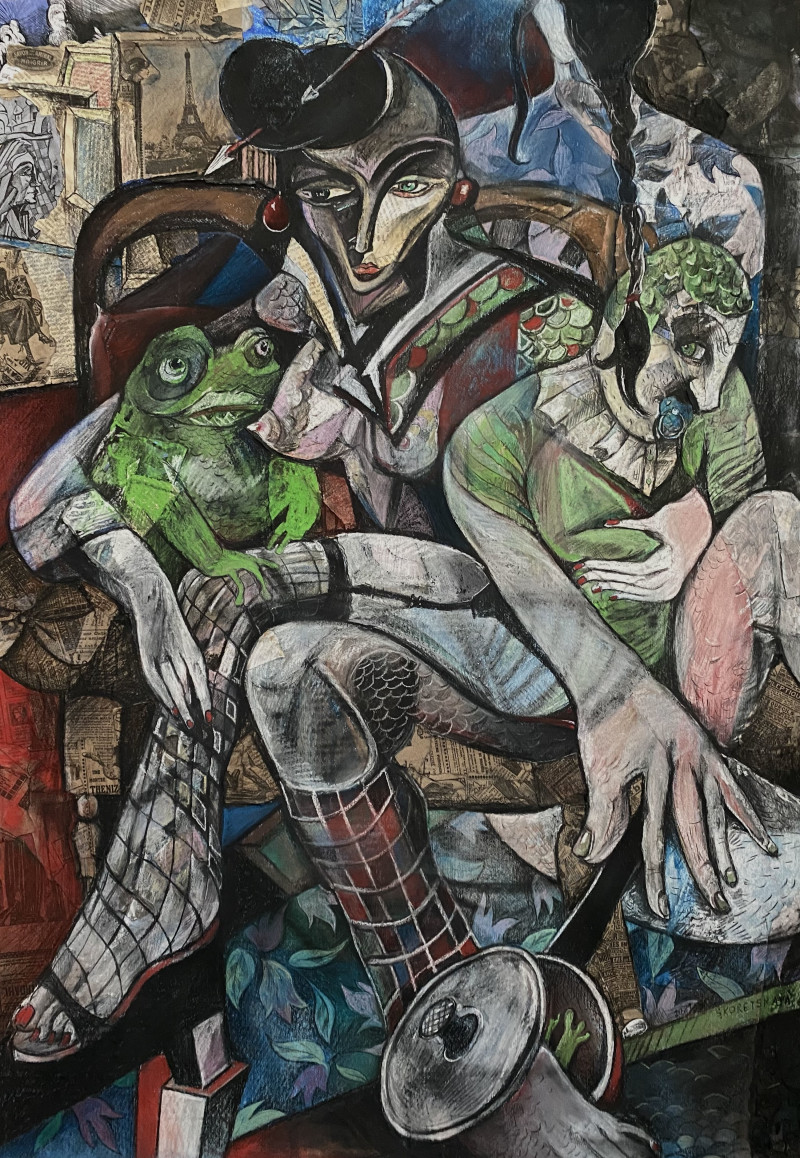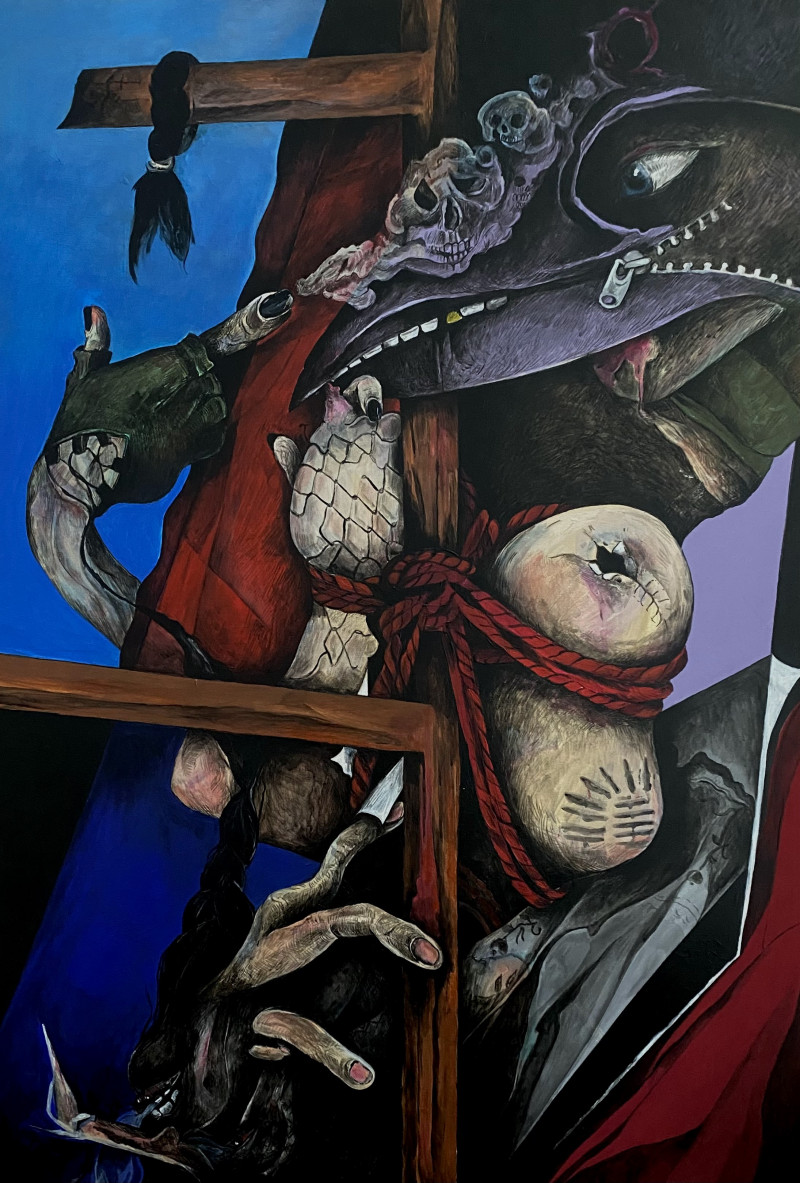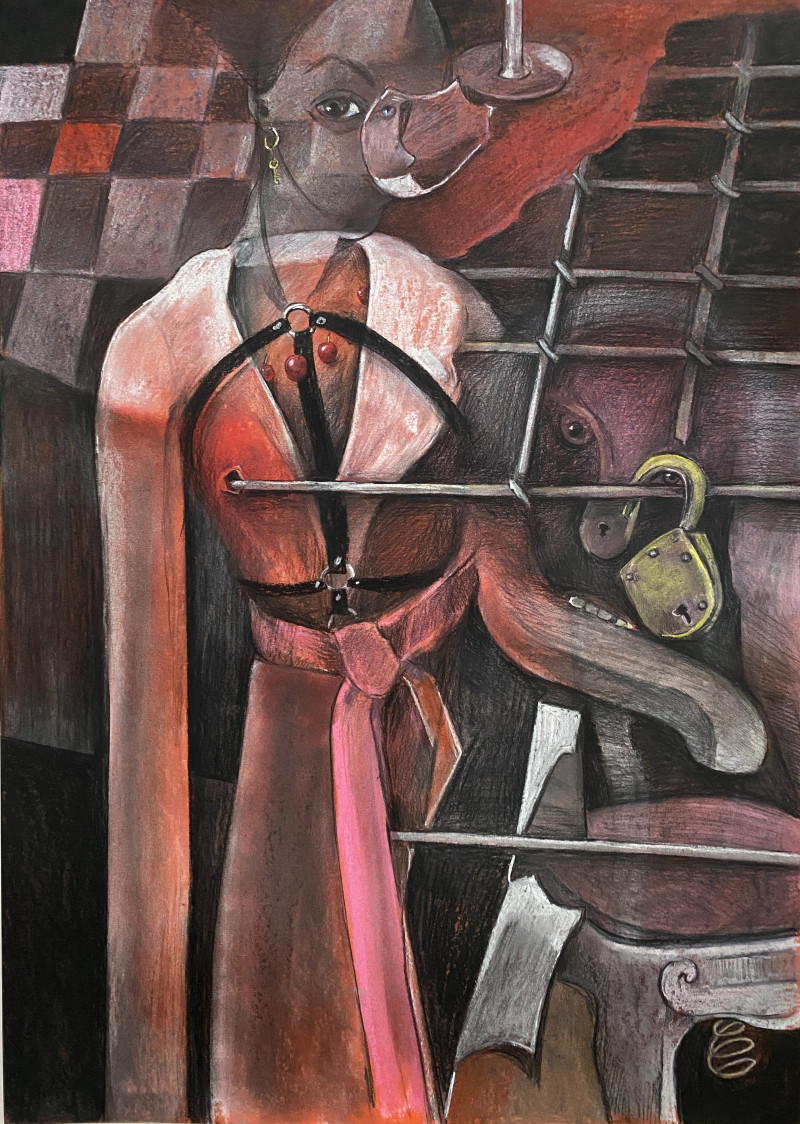Authors Artworks
About the author
Graduated from: Kharkiv Academy of Design and Arts (2009)
Since 1999 she has been participating in solo and group exhibitions in Europe.
The figurative structure of Koretskaya's works is based on the associative experience of semantic meanings. Playing with the theme of the ugly in art, she uses the language of the grotesque. In her works, nothing evokes a feeling of admiration or pleasant contemplation. The created images are disturbing by some kind of internal tension and reflect life seen from the inside. Crowded in the mind of the artist, they strive to break free so that unreality becomes reality. Their appearance could be explained by the difficult and contradictory times in which we live.
The sharpness and fluency of the drawings, combined with intense color contrasts, enhances their expression. In the rhythm of short or long strokes, straight or curved, in the form of a dot and simply impulsive touches on the paper, the author's intention is seen. The figurative fabric of the work includes the subject properties of the material, whether it be paper or cardboard: their density, roughness, thickness.
Of the numerous works of Koretskaya, perhaps, first of all, figurative compositions should be singled out. Figures of different scales or their fragments, located in different turns and not always connected with each other, form a kind of unity. It is achieved in different ways - initially controlled by chaos, when the author creates an image after "seeing" it.
The second is when the image is born spontaneously, captivating the artist. Just as the autumn wind, having lifted leaves and small debris, suddenly, subsiding, puts them into bizarre natural pictures.
The third factor can be traced in the plot connection. The unifying moment of some compositions is the architectural environment. The deformed boxes of houses reinforce the feeling of brokenness and hostility of the habitat.
Human and semi-fantastic creatures crowd into the limited space of the sheet, giving rise to a feeling of hopelessness. Energetic gestures indicate a general emotional impulse. Some images are mythologized. Characters in the form of a half-fish, half-man or half-bird personify vices, reinforce the feeling of hostility of the surrounding world.
Even in a self-portrait, the artist is merciless. Her assertion that a person carries good and evil in himself is aggressive and painful. Creatures generated by the artist's fantasy coexist with realities, forming an alloy of diverse images and events of different times. Many characters are repeated, becoming a kind of "modules of figurative metaphors". This is especially felt in the series of works.
Interesting sheets depicting a crowd of people. Close-up faces fill the entire space of the sheet. However, it is impossible to call them portrait characteristics in the usual sense; rather, they are signs of various psychophysical states of a person. Often the author uses an image-mask, introducing elements of a carnival action into the compositions.
The mask, as a symbol of hypocrisy, hides the true faces and hidden thoughts of their owners.
Sometimes, as in medieval mysteries, the image of death appears in a well-known iconographic version and mysterious winged creatures resembling angels.
A number of compositions gravitate toward genre solutions. The "analytical" version of the still life genre is presented by the author in the depiction of everyday objects. Their "dancing" forms are transformed, but still closer to real ones.
Art supplies familiar to the creative workshop, vases with whimsical bouquets, books, old objects soften and romanticize the conditional spatial environment.
For a graphic artist, the surface of the sheet represents a kind of sacred zone. Careful attitude to its surface, observance of the boundaries between the image and the viewer, the object and the image remains unchanged. But sometimes you can see an attempt to break the established rules of graphics, go beyond them and introduce into the compositions, for example, spectacular collage techniques.
Recently, the artist has been widely using felt-tip pens with color lining, old magazines, yellowed newspapers, and cardboard. However, the variety of techniques does not change their artistic structure and imagery.
With external hostility and coldness, the heroes of Koretskaya's works evoke a feeling of empathy. Declarative rigidity and pricklyness is softened by their man-made. Lively original technique, even though emphatically rude, maybe even bordering on the absurd, reflects the creative impulse of their creator.
